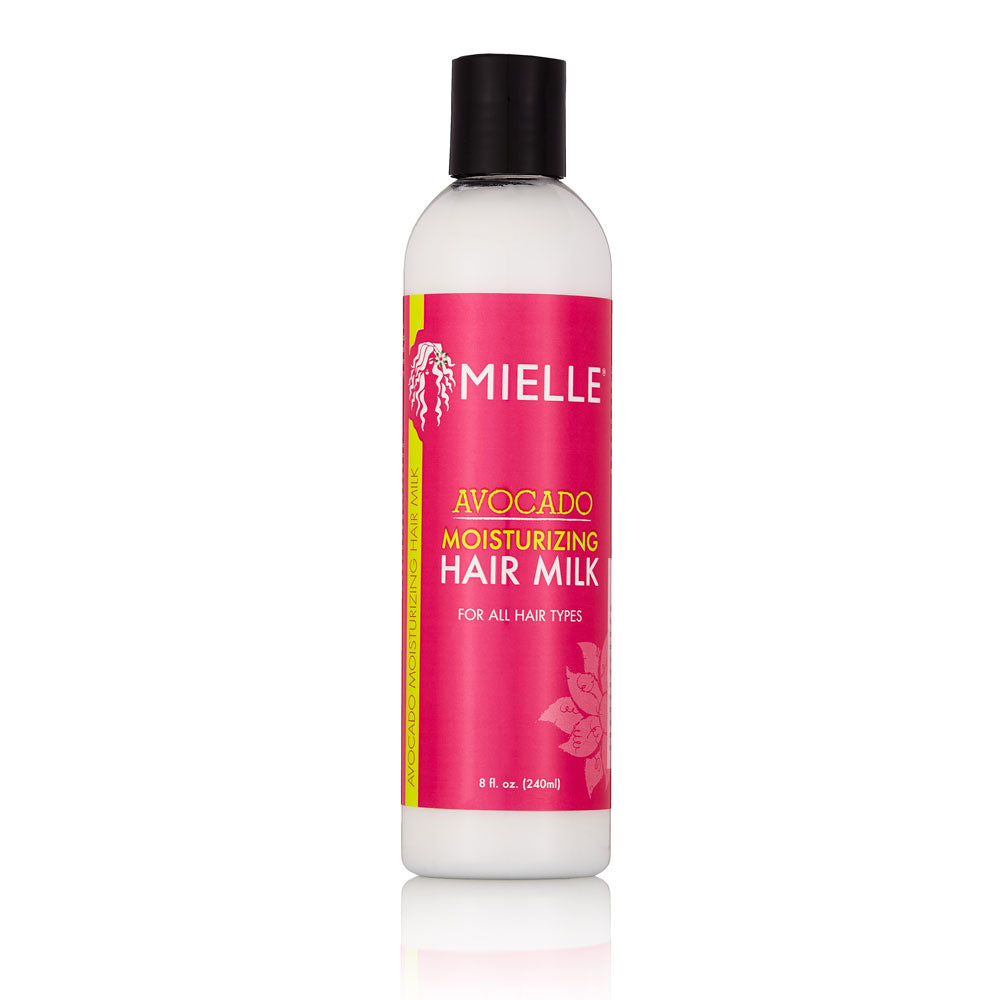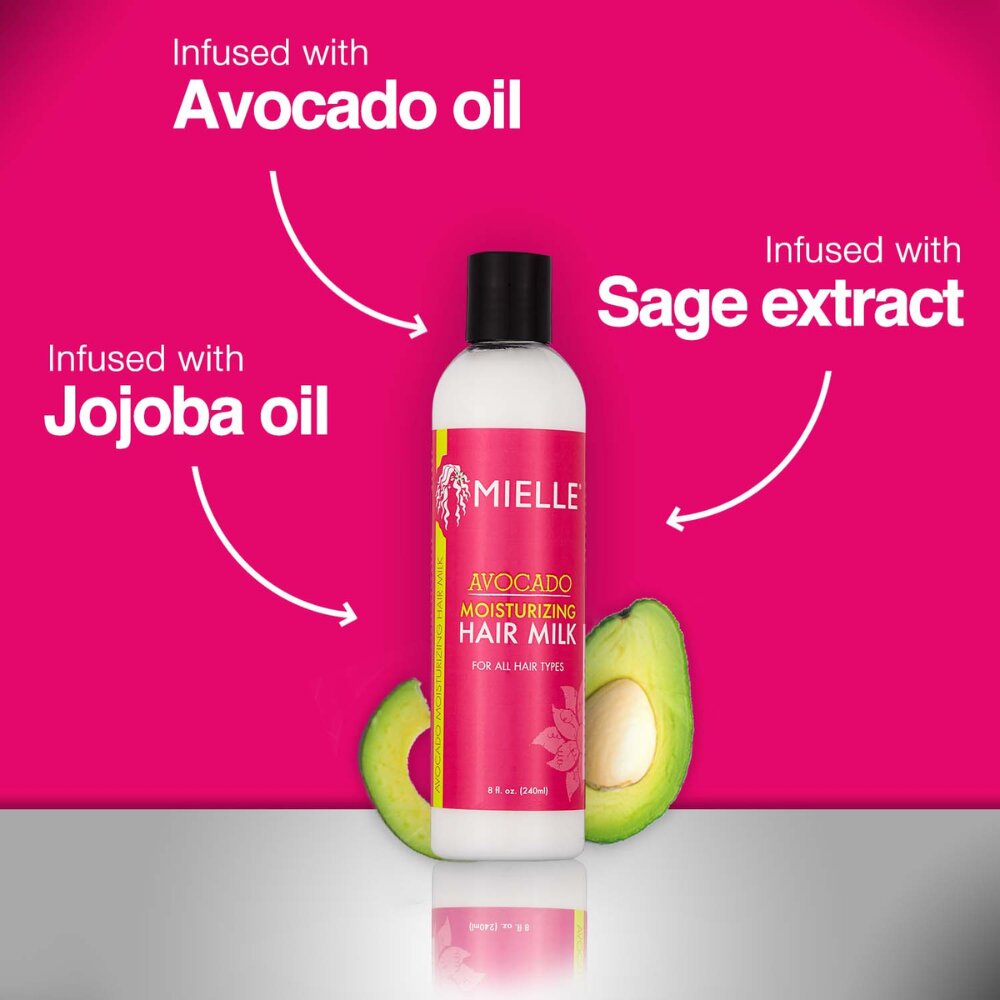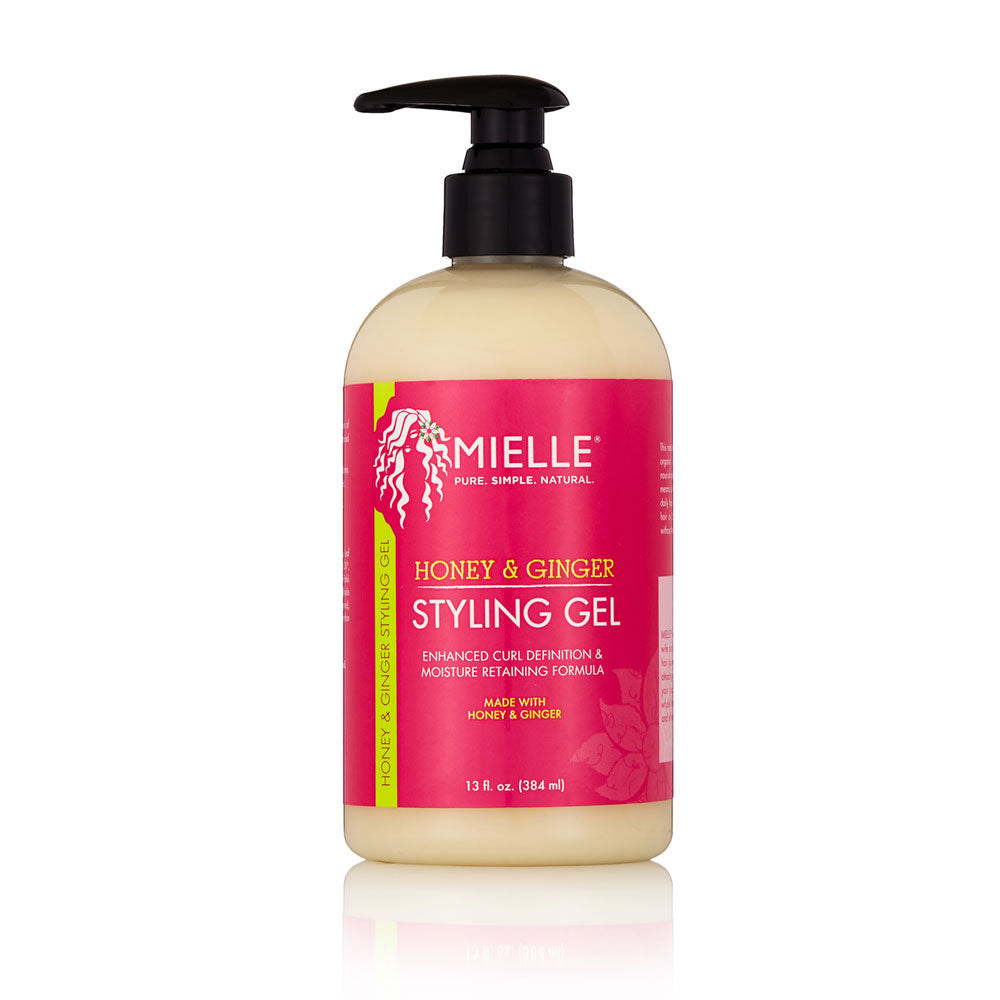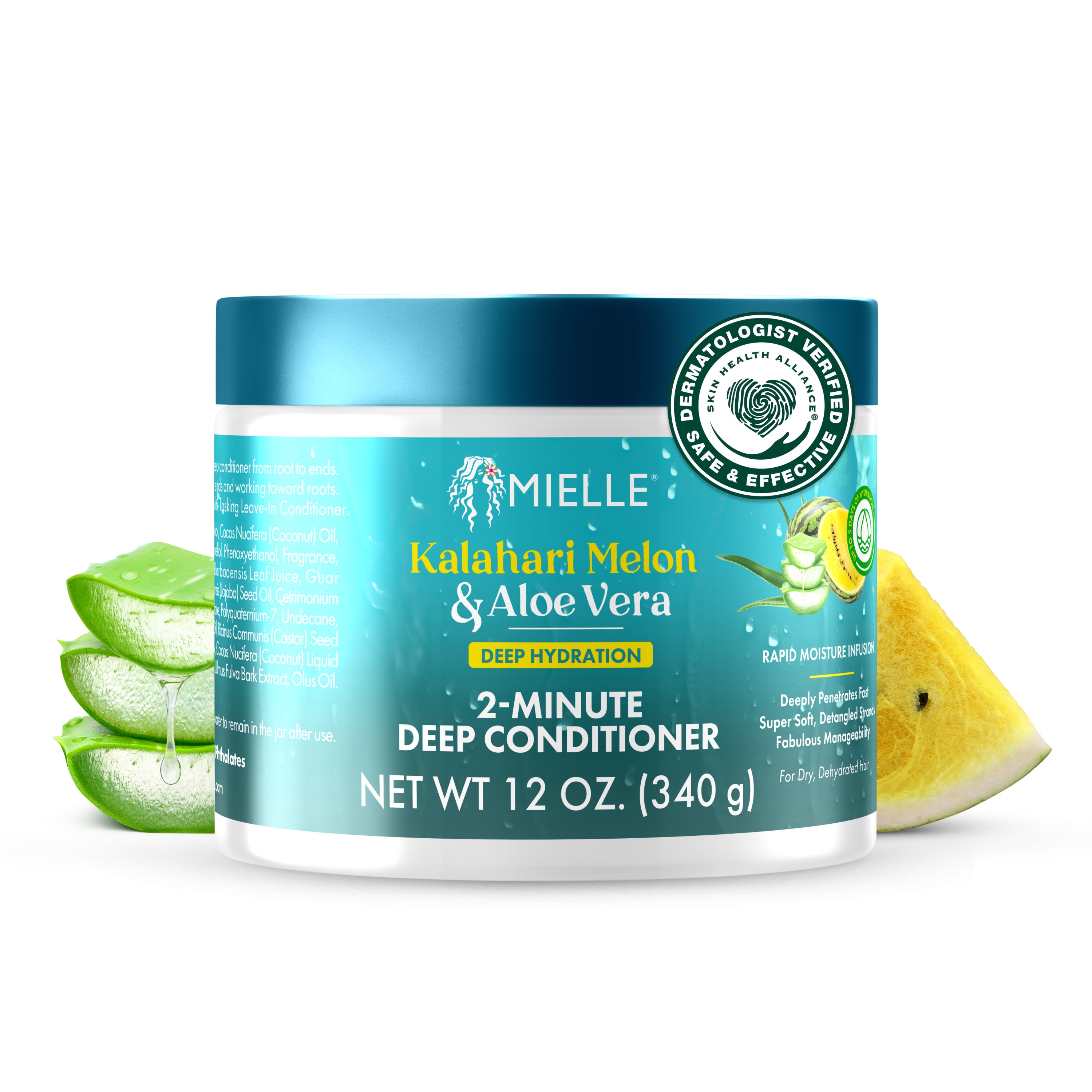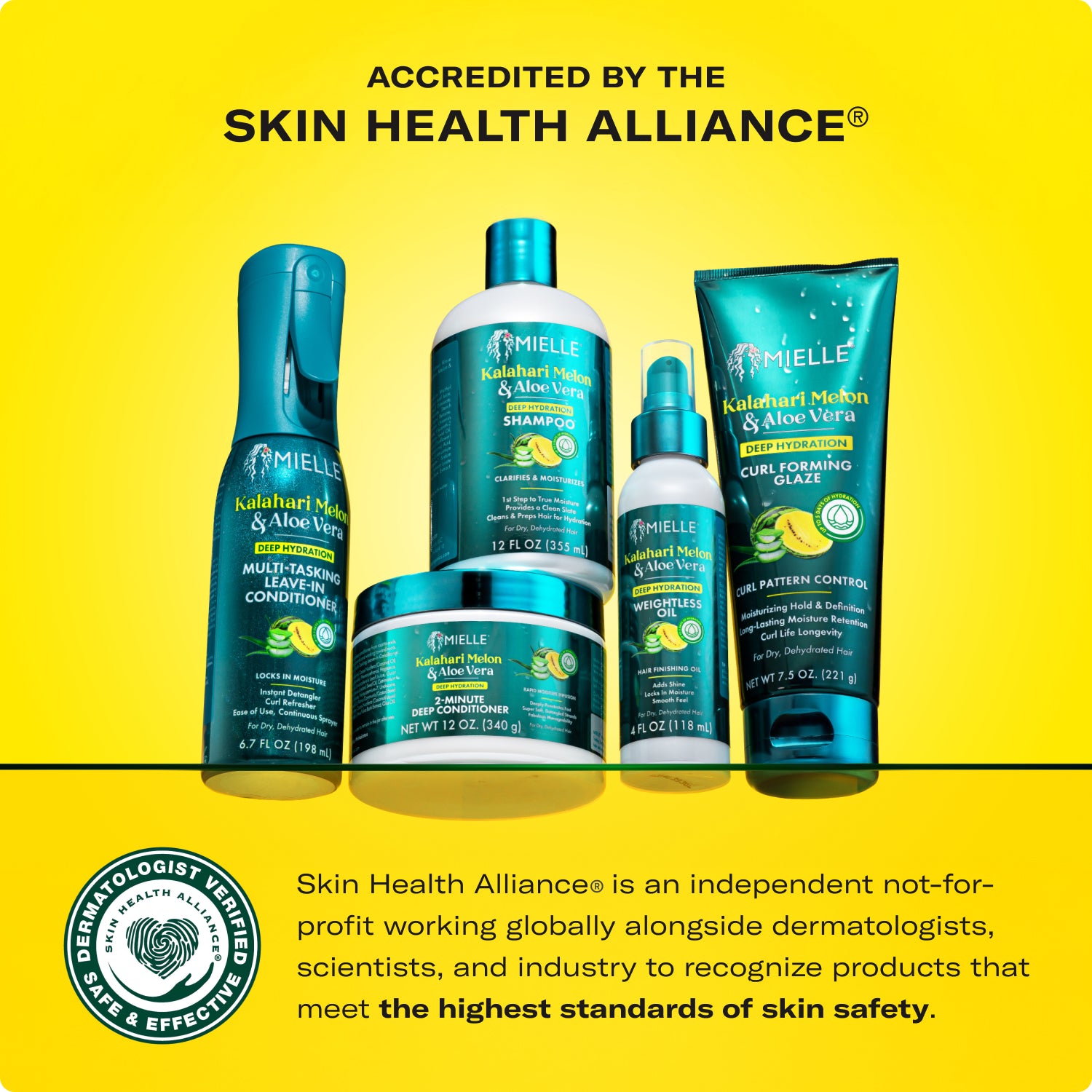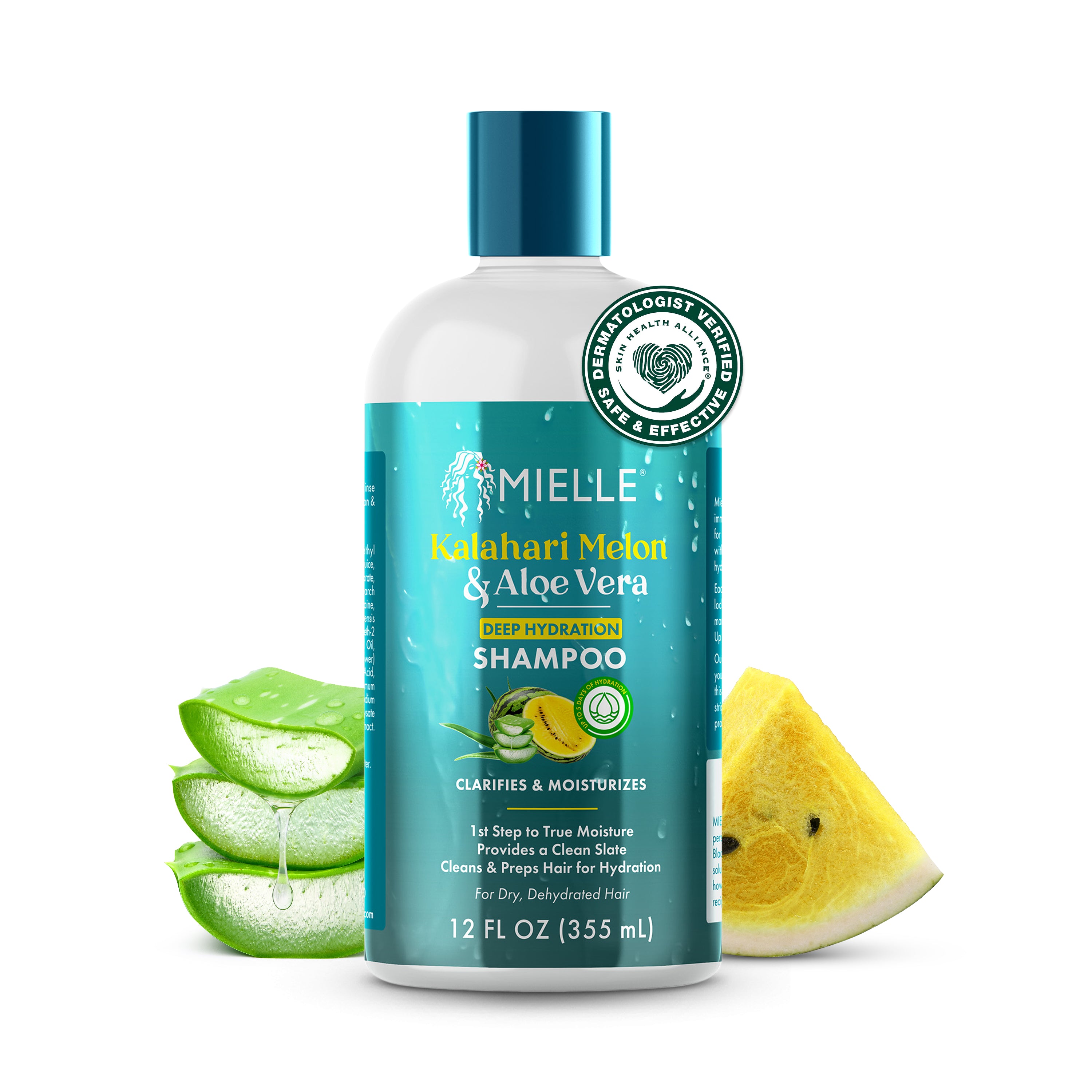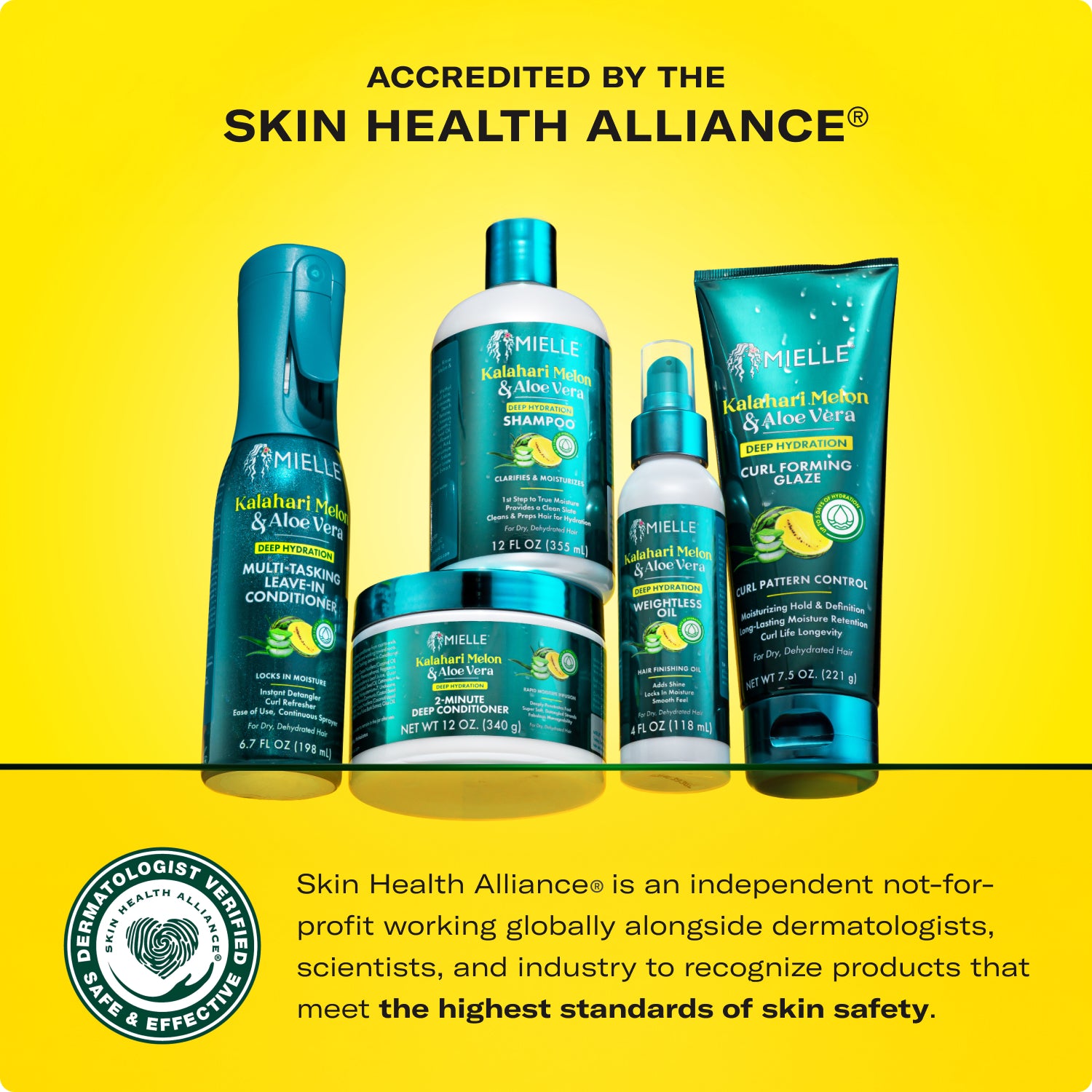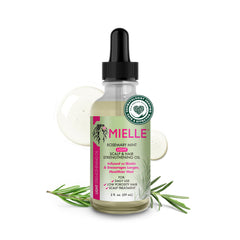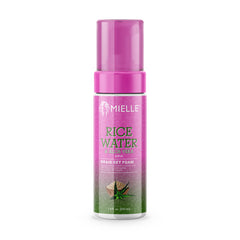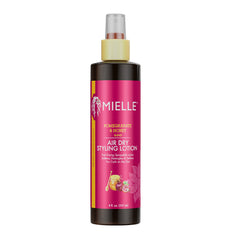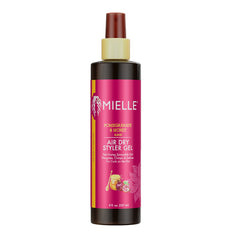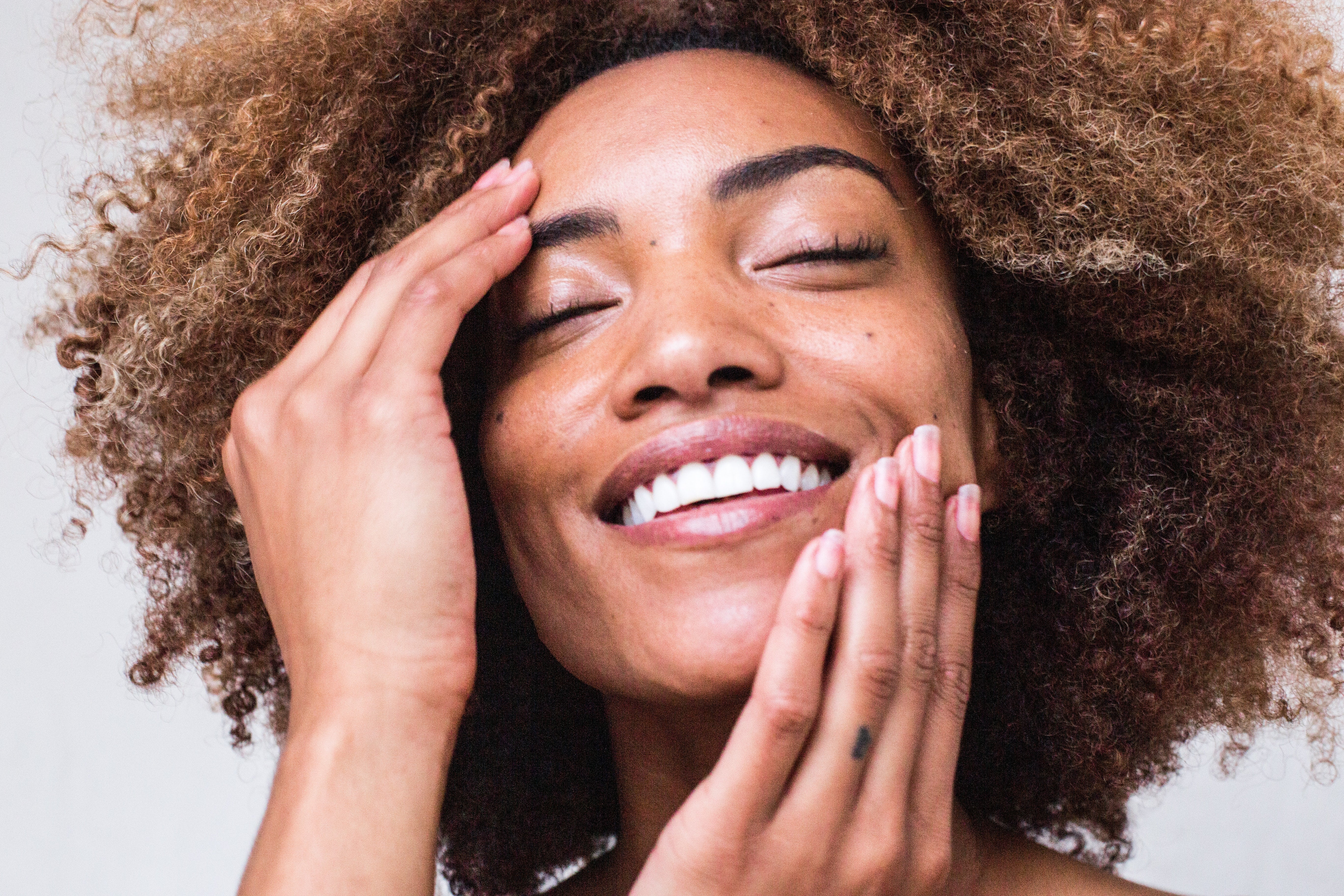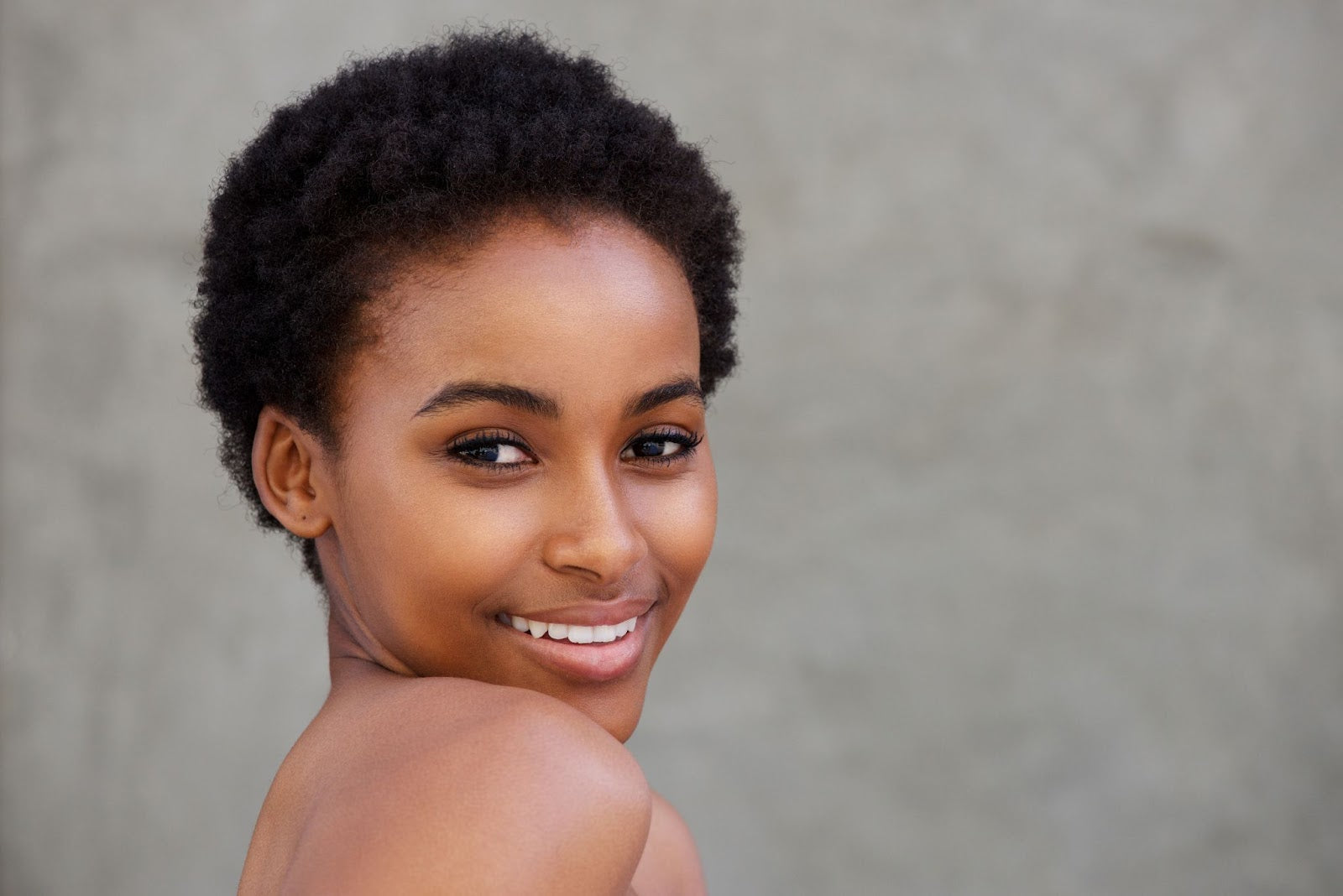Air drying your hair reduces heat damage risk and can create more definition for your curls. An issue a lot of naturalistas have with air-drying is that it takes a long time, depending on the thickness, porosity, and length of your curly hair. If you’re looking for some tips on how to air-dry your hair and save time, you’ve come to the right place, sis!
Air-Drying vs Diffusing
Air-drying your hair means that you let it dry naturally, without the assistance of any tools and or heat. A diffuser is an attachment for your blow dryer that spreads the airflow out. There are pros and cons to both diffusing and air-drying your hair to achieve the final look. Air-drying is the least damaging way to let your natural hair dry. Benefits to air-drying include:
- Prevents heat damage
- Prevents breakage
- Minimizes frizz (great if you're going for a more defined look)
- Hair retains moisture better
Figuring Out Your Hair Porosity
Let's talk… hair porosity! Your hair porosity is simply your hair’s natural ability to retain and absorb moisture. The “porosity” of your hair is measured by how well it penetrates the hair shaft’s cuticle layer. One of the reasons understanding your hair porosity is important is that it affects how long it takes to dry. Here are the types of porosity:
Low Porosity
Low porosity is when your hair does not easily allow moisture in and out. The cuticles of your hair are tightly overlapped, creating a barrier, and making it harder to absorb moisture into the hair strand. Low porosity hair will require a specific amount of hydration. If you have low porosity hair, the air-drying process will test your patience, but hang in there! You might have low porosity hair if:
- Products sit on your hair instead of being absorbed
- Drying your hair takes longer
Medium Porosity
Hair with medium porosity has a looser/flat cuticle layer, easily allowing moisture in. Those with medium porosity have a lower amount of maintenance and have more flexibility in air-drying hair. You have medium porosity if:
- It doesn’t take long for your hair to dry
- Your hair holds styles for longer
- Your hair often looks shiny and healthy
High Porosity
High porosity means there are gaps or large openings in the hair cuticle. This creates a high absorption of moisture, but it’s also easier for moisture to leave. This can be a result of heat damage and or chemical treatments, like relaxers. Your hair might have a high porosity if:
- Your hair is prone to frizz
- Air-dries very quickly
- Absorbs product quickly
Try this test to learn your hair porosity:
- Take a dry strand of hair
- Fill a glass with water
- Place the hair strand in the water
- Pay attention to how it sinks to the bottom
Results
If your hair sinks quickly, you have high porosity hair. If the strand floats in the middle before sinking to the bottom, you may have medium porosity hair. If you have low porosity hair, the strand will float at the top of the glass before eventually sinking to the bottom.
Best Tips and Tricks
Before you get to the step of drying your hair, use a good shampoo and conditioner, or co-wash, like our detangler for natural hair, for shiny and healthy results. Here are 4 tips on speeding up the process:
If you want to save time, don’t immediately apply any sealing products, like oil or cream, to wet hair. If you apply sealing products, you will trap moisture, slowing down the drying process.
Using a cotton towel causes friction, so instead, use a microfiber towel or an old t-shirt to absorb the water in your hair. Microfiber hair towels were created to prevent breakage and frizz. This towel dried hair method will help eliminate frizzy hair by collecting excess moisture from the damp hair.
Never rub your hair with a towel. Wrap a towel around your hair by squeezing and releasing it, starting from the root, working down to the tip, and repeat. Scrunch, scrunch, scrunch!
When your hair is bunched together, it retains moisture easily, so try separating it. Part your hair into smaller sections and use clips to hold the roots. Once your hair is halfway dry, then start styling.
Air-Drying a Wash and Go
Try a hot oil hair treatment using Mielle’s Mint Almond Oil to bring your curls back to life before your wash and go. After you’ve applied your product, it’s time to wait: patience, patience, and more patience. If you touch your hair while it's drying, it will create a less defined look and can affect how long the style lasts. Wait until your hair is completely dry before touching it. It’s easy to get fidgety, so distract yourself by listening to your favorite podcast! Air drying hair is possible with the right hair product and patience.
Air-Drying a Twist Out or Braid Out
If you're planning to try different twist out hairstyles or braid outs, let your hair get about 70% dry before applying product and styling. Going to bed with drenched hair is not only super uncomfortable, but your hair will not be 100% dry by the morning. When you’re ready to style, use the Rosemary Mint Scalp & Hair Strengthening Oil. When doing a twist out, you want your hair to be completely dry before taking the twists out to get the best curl definition.
Air-Drying Other Styles
If you plan on straightening your hair, try the Mongongo Oil Pomade-to-Oil Treatment. If you’re planning to learn how to do Bantu knots, braids or weave, try the Rosemary Mint Scalp & Hair Strengthening Oil. Mielle’s hair oils help support length retention, and prevents heat damage, split ends, and a dry scalp.
Even though air-drying your curly hair can be time-consuming, there are so many great benefits. Air-drying helps in retaining moisture and preventing heat damage. Your curls will have the shine and definition you’ve always dreamed of. Techniques work differently, depending on your hair texture, type, and length. Try out different methods and natural hair products from Mielle to see what works best for your hair. Once you know what works for you, it’ll all be worth it!
Sources:
- What Is Hair Porosity? https://www.sallybeauty.com/just-ask-sally/articles/what-is-hair-porosity/
- Black hair care tips for washing, styling, and more https://www.medicalnewstoday.com/articles/black-hair-care#hair-care
- The Essence Ultimate Natural Hair Dictionary https://www.essence.com/hair/natural/essence-ultimate-natural-hair-dictionary/#339842
- The Science Behind Curly Hair Types https://levorhair.com/blogs/news/the-science-behind-curly-hair-types
